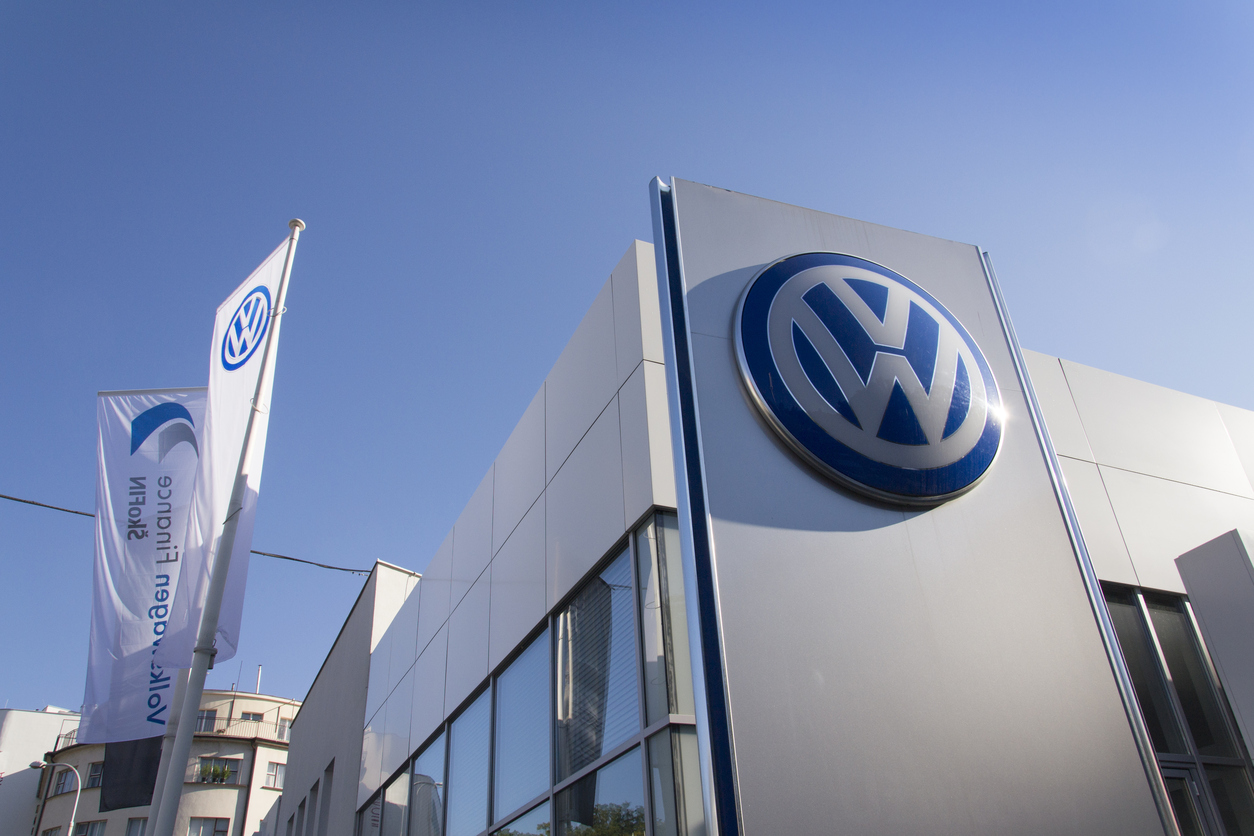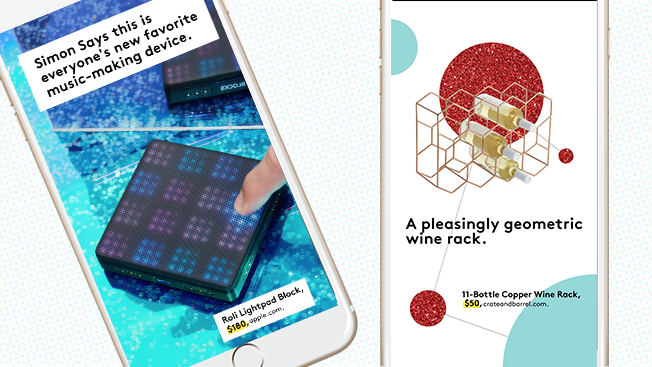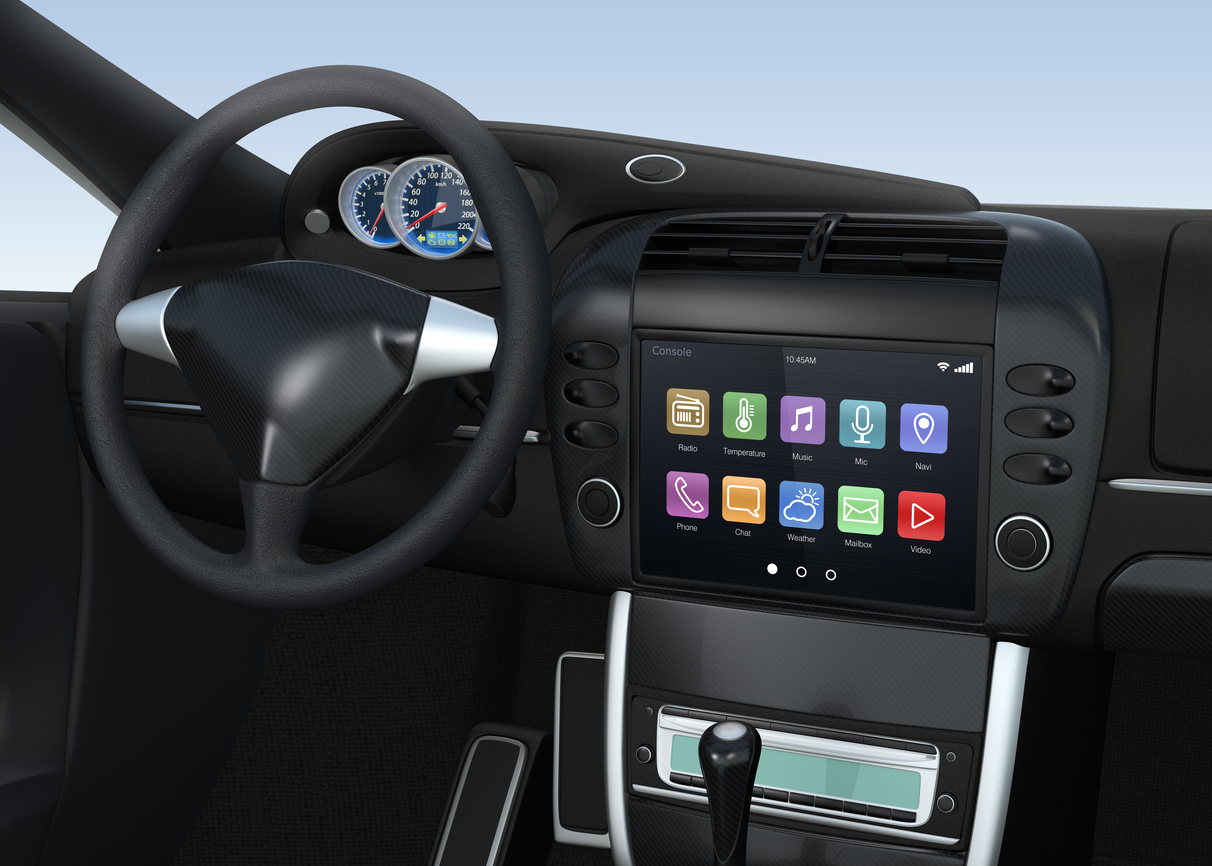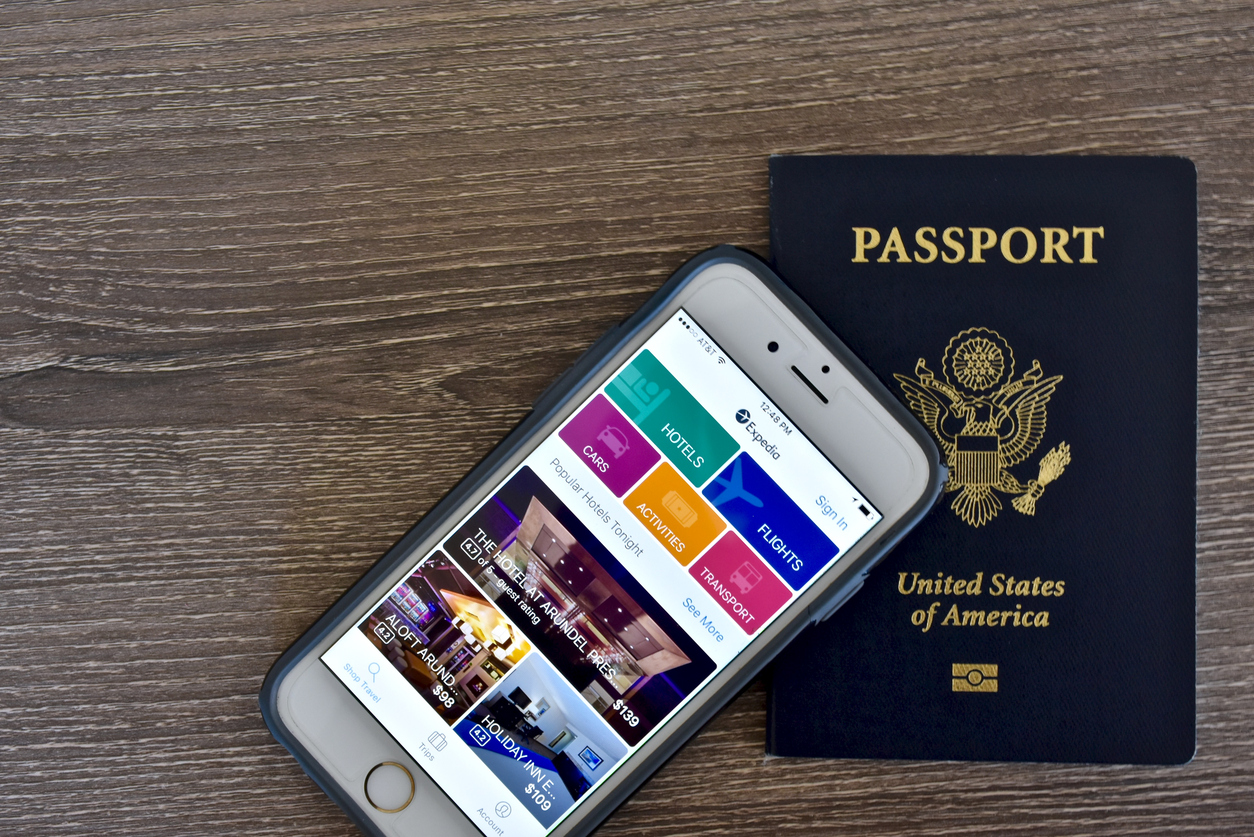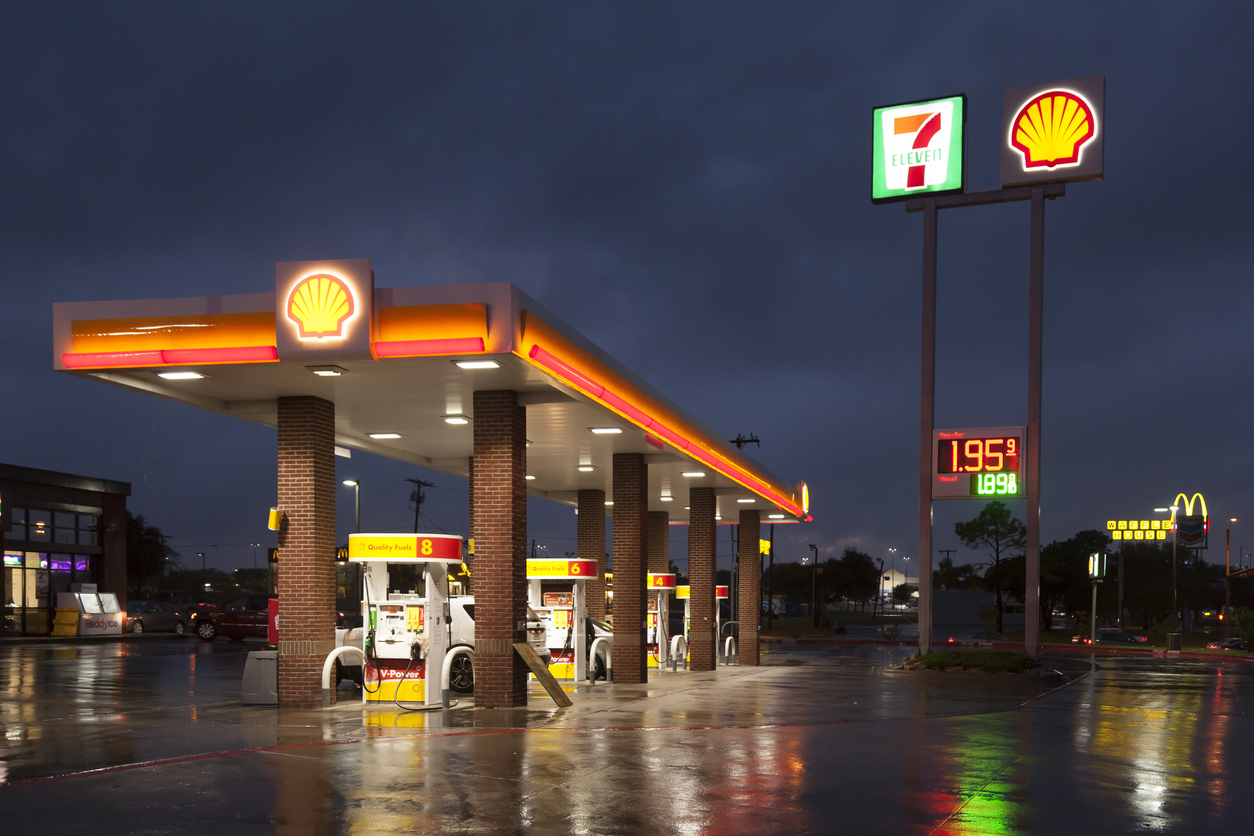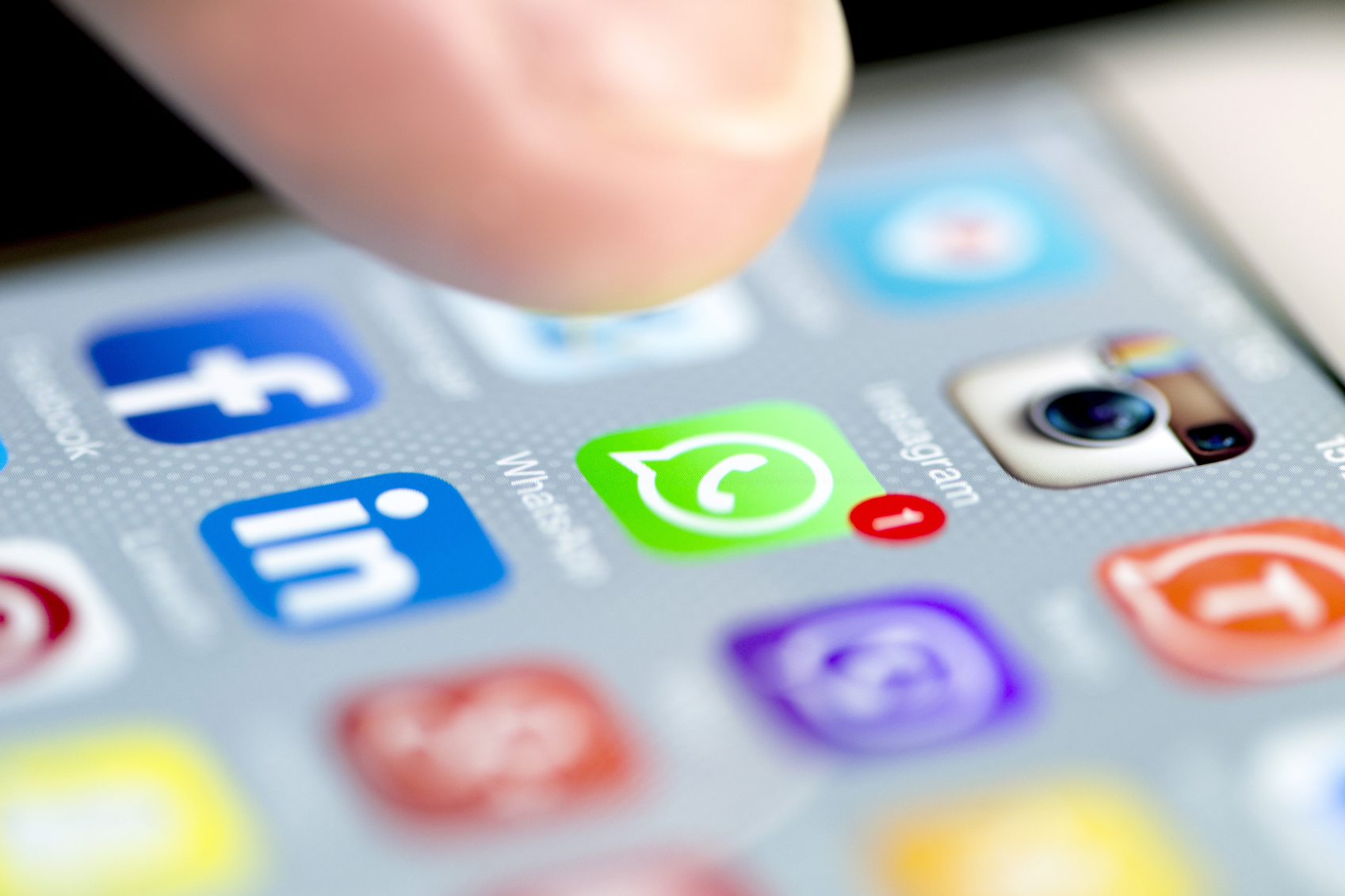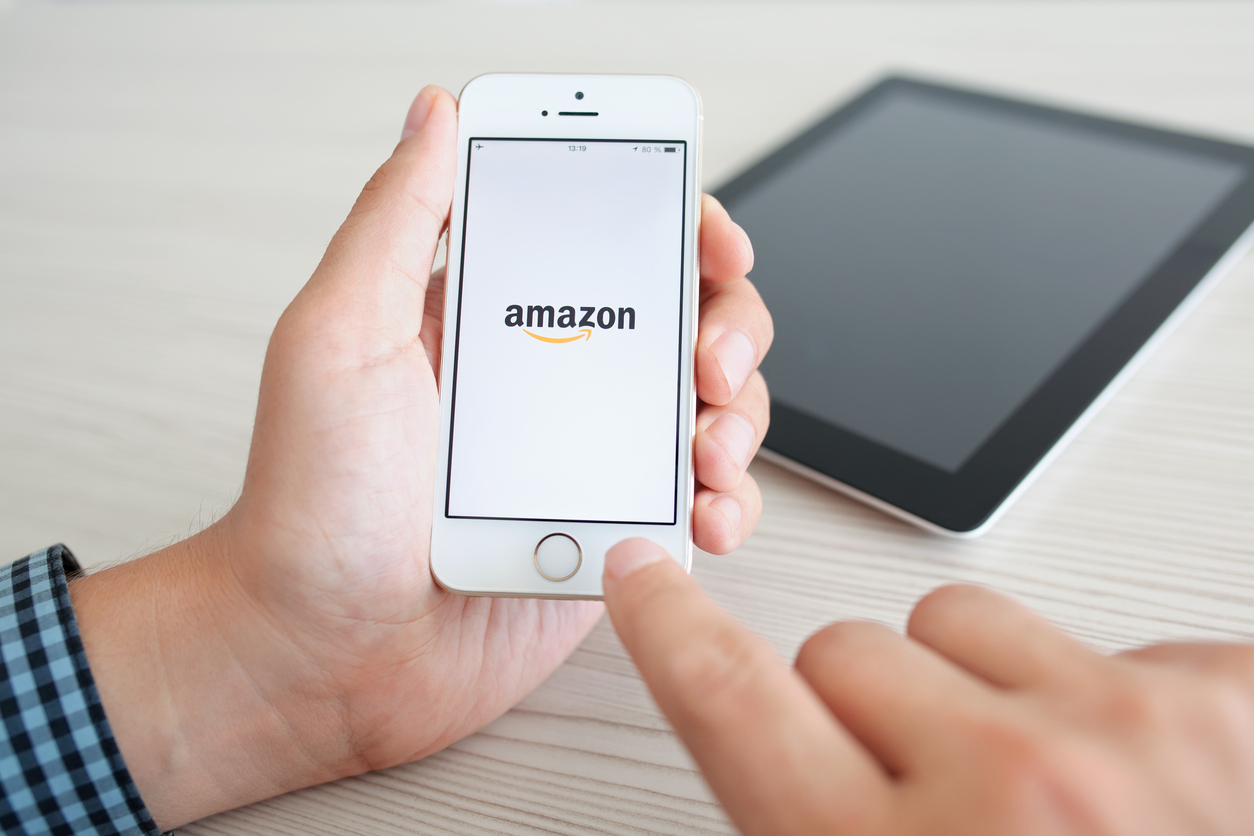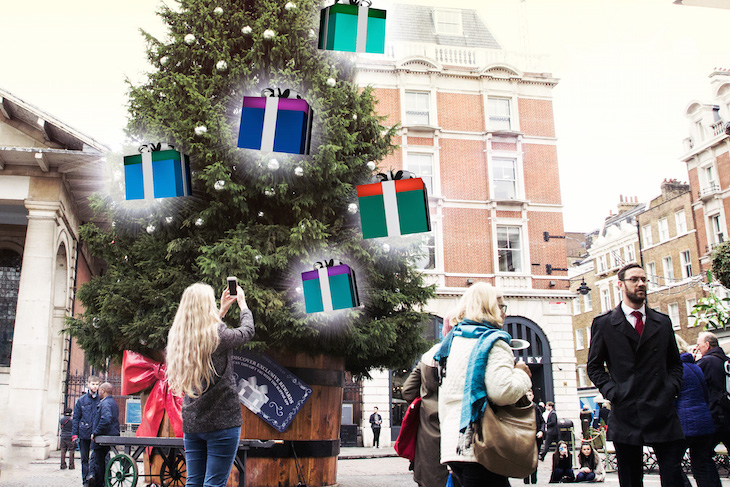What Happened
Volkswagen is getting serious about building ride-hailing and autonomous vehicles as the German auto giant announced the launch of a spinoff company that focuses on “new mobility solutions.” The new standalone company, Moia, is based in Berlin and will soon start testing some of Volkswagen’s ride-sharing and car-sharing programs there. The company says it aims to generate “a significant share” of its sale revenue from the Moia services by 2025.
Why Brands Should Care
Besides Volkswagen, major automakers like Ford and General Motors have also been launching car-sharing services or partnering with Uber or Lyft to restructure its revenue streams, cash in on the rise of on-demand car services, and prepare for a not-too-distant future where consumers choose on-demand ride-sharing and carsharing services over private car ownerships. As development in this area ramps up, more and more consumers will soon become addressable as they ditch the steering wheels for the backseats, and brands will have to explore new partnerships and ad opportunities, such as Uber’s Trip Experiences, to capitalize on the consumer attention freed from driving.
Source: TechCrunch
